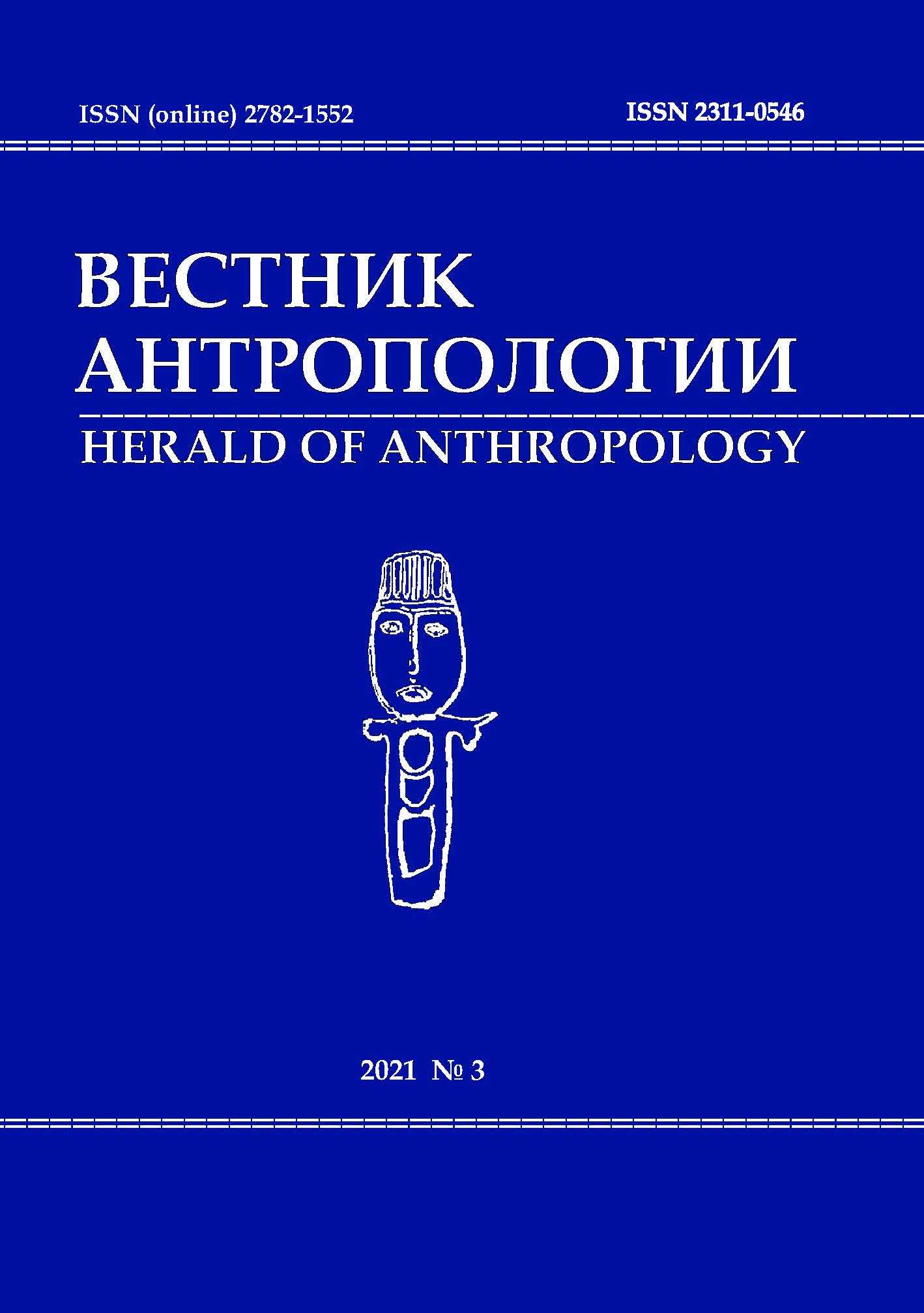PARTICIPATION OF CHILDREN IN THE FESTIVE CULTURE OF MORDOVIAN IMMIGRANTS IN SIBERIA IN THE SECOND HALF OF THE XIX CENTURY - THE BEGINNING OF THE XXI CENTURY
DOI: 10.33876/2311-0546/2021-3/294-303
Keywords:
Siberia, Volga region, Mordovian immigrants, children, holidays, traditionsAbstract
The article aims to study how children participated in the festive culture of Mordovian immigrants in Siberia. Mordva had been moving here from Mordovia, Chuvashia, Samara, and Penza from the second half of the XIX century to the 1970s. The article is based on the author's field studies and scientific literature. It describes the most important religious holidays of the Mordovian immigrants. It was typical of the festive culture of the Mordovian peasantry that children and youth participated in religious and festive acts. In most adult rites, children were often involved as spectators. They also assisted in the preparation of rites, for example, collecting food, firewood, unnecessary objects for Christmas and Maslenitsa fires. Apart from that, children informed the local population about upcoming ceremonies. Sometimes, children and adolescents were endowed with an independent ritual role, particularly when knocking on doors on Easter, Christmas, and New Year. Their presence was considered a magical means to achieve certain goals. The author concludes that the Mordovian population aimed to preserve their religious and festive culture in the new territory. In Siberia, the immigrants celebrated the same holidays as in their original territories.
For Citation: Shchankina, L.N. 2021. Participation of Children in the Festive Culture of Mordovian Immigrants in Siberia in the Second Half of the XIX Century – the Beginning of the XXI Century. Herald of Anthropology (Vestnik Antropologii) 3: 294–303.





















